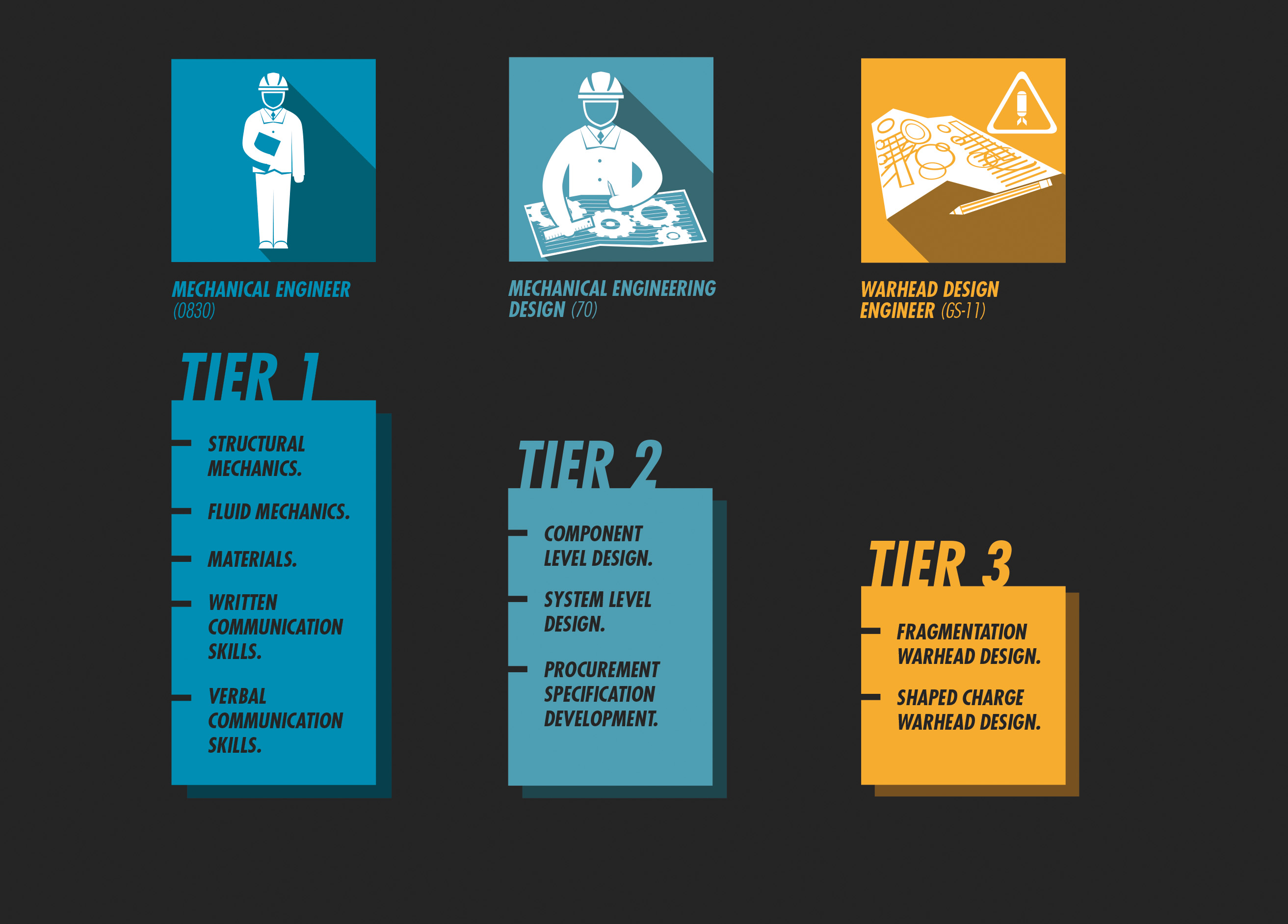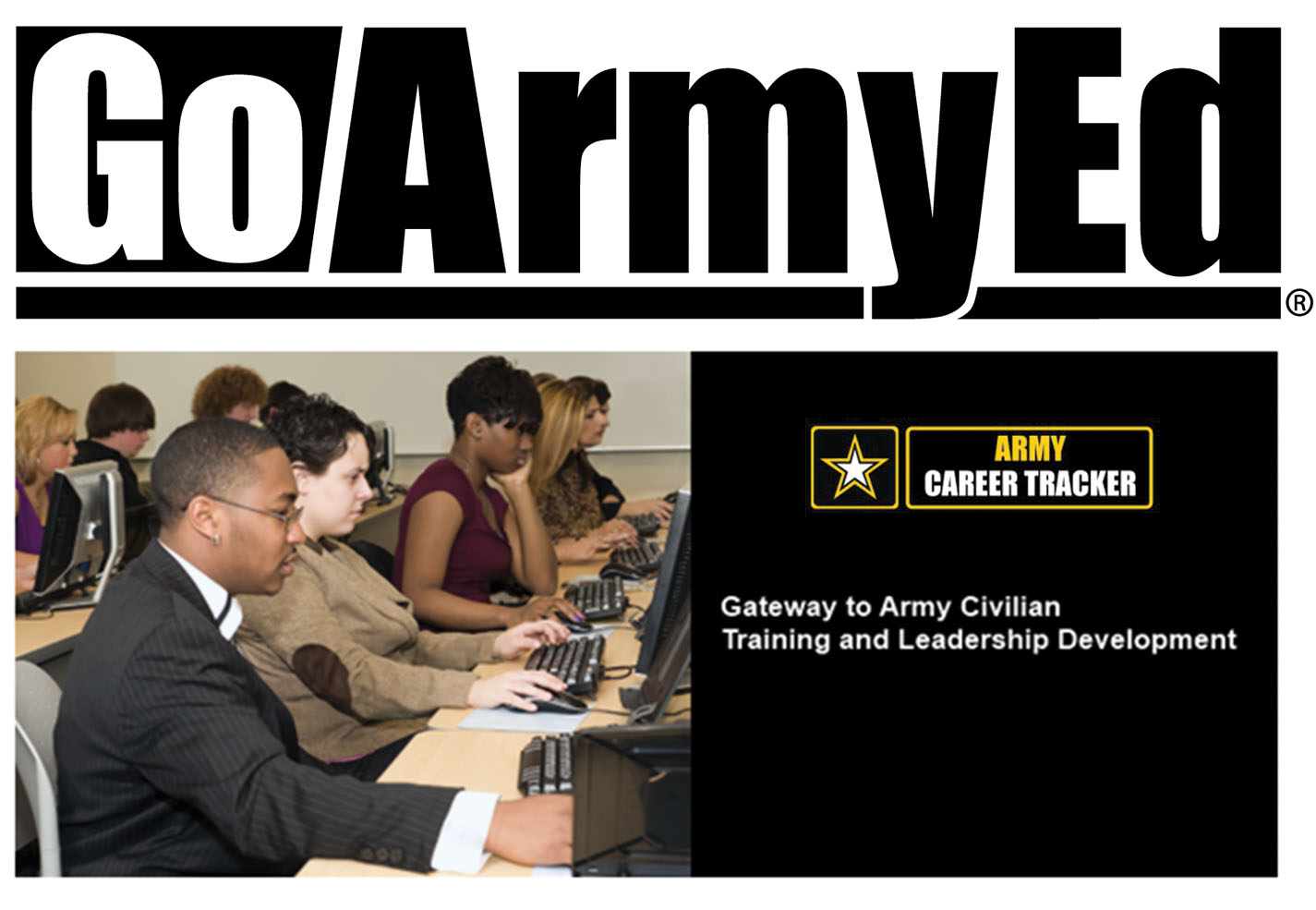
Developing the Army’s next generation of scientists and engineers
By Dr. Grace M. Bochenek and Ms. Jessica A. Smith
To maintain dominance, the Army must posture itself to proactively innovate, to identify promising technologies, to develop solutions and to deliver capabilities. A key part of delivering future capabilities is the creation of a flexible workforce of engineers and scientists with the right skills to support emerging areas of research and development. To achieve this, the Army must answer some not-so-straightforward questions:
Which technical competencies will be required within the workforce in the next 25 years? The next 50? What will maintain the knowledge base and technology overmatch built over the last 50 years? How should systems engineering and other workforce skills that require a breadth of knowledge and experience be developed?
Ask someone what it takes to become an engineer or scientist, and you will likely hear that you should get good grades in school and focus on math and science. But what if you ask instead what it takes to become the program manager for one of the world’s most advanced missile systems? Or how to become an industry leader in the treatment of battlefield trauma? Odds are you will get a variety of different answers, if you get a clear answer at all.
“The challenge for the civilian workforce is to keep pace with the realities facing an Army winding down after more than a decade of conflict. We will meet that challenge by being flexible and adaptive with the right person possessing the right skills, at the right place at the right time—competent, motivated and educated.”
—John McHugh,
Secretary of the Army

Jason Hamilton, electronics mechanic at Tobyhanna Army Depot, Pennsylvania, reassembles a Duke primary unit. Duke is a counter-improvised explosive device (IED) system that jams IED frequencies. The Army has created a new development model that focuses on establishing and managing workforce competencies based on predicted technical needs rather than static step-by-step career progressions. (Photo by Steve Grzezdzinski)
A NEW MODEL FOR DEVELOPMENT
To guide its workforce, the Army has created a new development model that focuses on establishing and managing workforce competencies (knowledge, skills, abilities, etc.) based on the Army’s predicted technical needs rather than static step-by-step career progressions. This method will allow civilian workforce personnel to hone their existing skills and to develop new competencies as the needs of the Army change.
As part of first gaining an understanding of its extremely diverse workforce (everything from botanists to aerospace engineers to surgeons), the Army has aligned every member of the civilian workforce to one of 31 unique career programs (CPs). These CPs group employees by job series (for example, 1301– physicists) based on commonality of job and similar qualification characteristics. (See Figure 1.) CPs work to support the entire life cycle of their workforce, from recruitment to retention to future forecasting and planning.

Figure 1 – The CP-16 proponency office is collaborating with subject-matter experts to develop competencies for each of its 61 occupational series. (SOURCE: Jessica A. Smith, CP-16 Proponency Office)
Within each CP are a functional chief (FC), a functional chief representative (FCR) and a proponency office. FCs are responsible for identifying workforce issues, working with commanders to develop annual strategic plans that account for the changing needs of the Army, and ensuring readiness of their occupational field across the enterprise. FCRs are appointed senior (usually civilian) officials who help to develop career program instructions and procedures, engage commands and supervisors to identify the workforce capabilities needed to meet current and future missions, review and evaluate annual competitive professional development and functional training, and handle a variety of other senior-level career program administrative functions. Proponency offices, established in FY14, assist FCRs with career management responsibilities, including dissemination of information to all applicable workforce members regarding professional development and training opportunities, administration of the centrally funded Army Civilian Training, Education and Development System intern and competitive professional development programs, and advising career program managers within the activities of regulatory, administrative and procedural requirements.
Career Program – 16 (CP-16) manages the Army’s non-construction-related engineers and scientists. The proponency office for CP-16 is currently working with subject-matter experts to develop competencies for each of its 61 occupational series using the Competency Management System (CMS). CMS organizes the developed competencies into tiers based on the population to which the competency applies. As Figure 2 indicates, Tier 1 competencies (series core) will apply to all personnel within a job series. Tier 2 competencies (specialty core) will apply to all personnel within a specialty area of a series, and Tier 3 competencies (position- and grade-specific) will apply to a particular position and grade level within a series and specialty.

Figure 2 – CMS organizes the developed competencies into three tiers based on the population to which the competency applies. (SOURCE: Jessica A. Smith, CP-16 Proponency Office)
Under current timelines, roughly 80 percent of the series within CP-16 was scheduled to have initial competencies assigned by the end of September 2014. Once the competencies are established, CP-16 personnel and their supervisors will be able to view competencies for a position, assess their performance against those competencies, and determine which development opportunities will best posture them to take the next step in their career.
By the end of FY14, more than 80 percent of the series within CP-16 are expected to have initial competencies assigned. Each series will undergo a refresh at least every two years, whereby competencies will be updated to reflect the most current Army science and technology priorities. This method will help provide the workforce with a clear picture of what capabilities will be most valuable to the Army as they continue their career development.
ACT, GOARMYED PLAY A ROLE
Two of the tools that the Army is using to support this new competency-based model are Army Career Tracker (ACT) (https://actnow.army.mil/) and GoArmyEd (https://www.goarmyed.com/). ACT allows personnel to perform a variety of developmental functions, including determining their assigned career program; viewing their progress on required training such as Civilian Education System courses and Defense Acquisition Workforce Improvement Act certifications; exploring career maps and competencies for their current position and grade and for desired positions and grades; and establishing an individual development plan (IDP) to map out training for advancement. After establishing an IDP within ACT, users can access GoArmyEd to request training, receive approval for courses and then register for training.
So what does this new approach mean for the engineers and scientists? The acquisition workforce? The supervisor? The program manager? It means that the Army is actively working to create a more forward-thinking workforce by providing visibility into desired skills and future workforce needs. It also means that there are a variety of opportunities, tools and funding to help develop workforce personnel and to provide the Army with a highly skilled workforce. To get started, members of the acquisition workforce should establish their accounts within ACT and GoArmyEd and begin building their IDPs.

ACT allows users to search and select education and training opportunities, monitor career development and get personalized advice from their leaders about which opportunities may be the most helpful. It’s also the place where users establish their IDPs. GoArmyEd provides students the means for requesting and scheduling training once their IDP is in place. (Image courtesy of Jessica A. Smith)
CONCLUSIONFor the future, it is paramount that the Army focus not only on its investments in technologies, but also in its technical workforce. As Chief of Staff of the Army GEN Raymond T. Odierno has said, “We need our scientists; we need our engineers; we need our Ph.D.s to help us come up with new ideas and technologies for us to take care of our young men and women in uniform.” The Army’s new competency-based workforce development model and workforce-focused proponency offices will provide the ability to recruit, develop and retain personnel with the right skill sets. Today’s interns will deliver tomorrow’s breakthroughs—on and off the battlefield.
For more information on career program management for engineers and scientists, contact the CP-16 Proponency Office at 256-450-8781 or usarmy.redstone.usamc.mbx.army-cp16-pmo@mail.mil.
DR. GRACE M. BOCHENEK is the first chief technology officer for the U.S. Army Materiel Command and functional chief representative for CP-16. She has a Ph.D. in industrial systems engineering from the University of Central Florida, an M.S. in engineering from the University of Michigan and a B.S. in electrical engineering from Wayne State University.
MS. JESSICA A. SMITH is a career management specialist with the CP-16 Proponency Office. She has a B.S. in mechanical engineering from the Georgia Institute of Technology and is Level III certified in systems planning, research, development and engineering.
This article was originally published in the October – December 2014 issue of Army AL&T magazine.
Subscribe to Access AL&T is the premier online news source for the Acquisition, Logistics, and Technology (AL&T) Workforce.
![]() Subscribe
Subscribe







